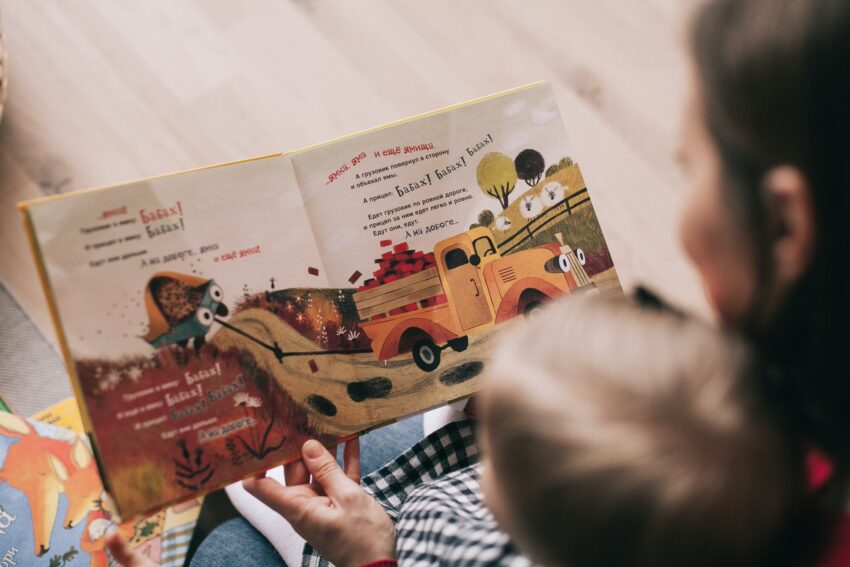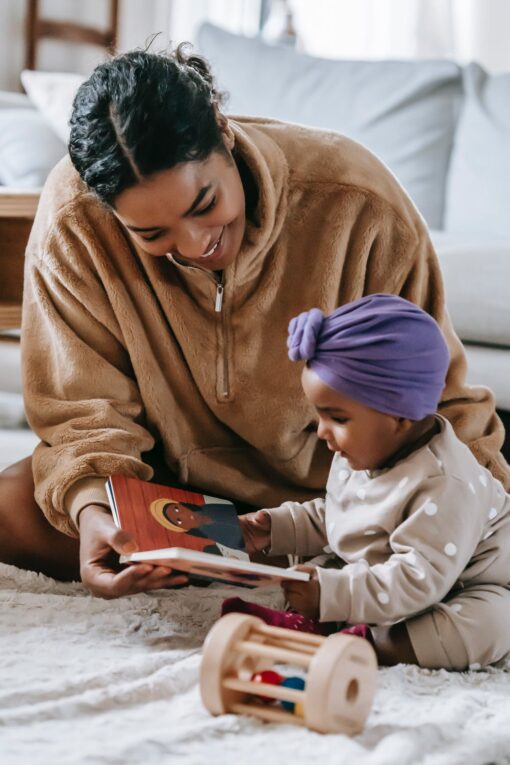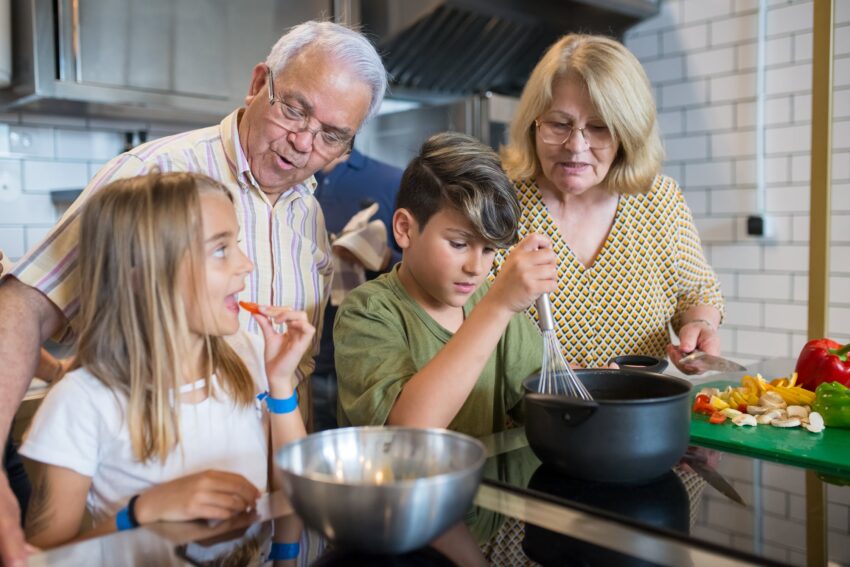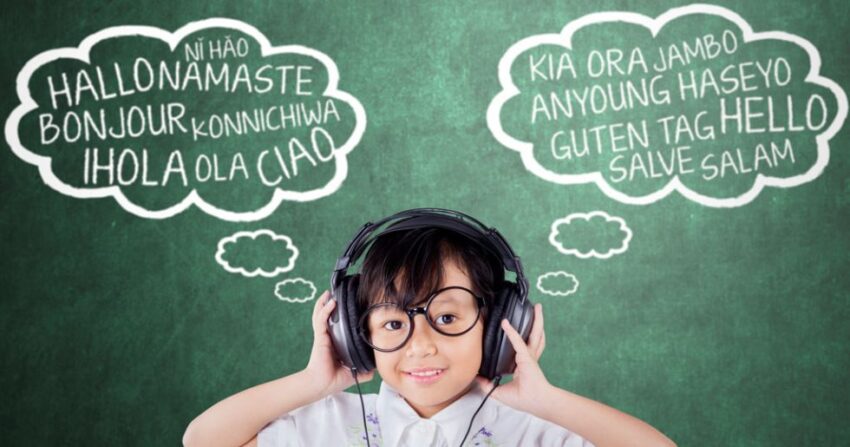Raising children to speak more than one language has many benefits but is not without its challenges.
A parent or parents whose heritage language is not English may want their child to speak that language. Bilingualism benefits the child, the family, and the wider community.
The benefits of bilingualism include:
- Better communication skills and an increased ability to empathise with others.
- A strong sense of cultural identity which can improve mental health and create a strong sense of self-worth.
- Enhanced emotional bonds with family members.
- More robust physical health, including reduced rates of dementia.
- Improved cognitive function, which is linked to critical thinking and problem solving.
- Ease of travel and work in other countries and increased career opportunities later in life.
Children’s brains are most flexible between the ages of zero and three, which makes them uniquely suited to learning another language during this time.
Children’s brains are most flexible between the ages of zero and three, which makes them uniquely suited to learning another language during this time. Two- and three-year-olds have started to recognise speech patterns they’ve been hearing since birth, increasing their vocabularies in the process. So, the earlier a second language is introduced, the easier it will be for the child to learn its unique sounds.

Parents can start their newborn on the path to learning another language by singing to them in a second language. Singing is a fun, creative way to help the child learn and remember words and sentence structure. Songs with cultural significance – such as those passed down generationally – can have extra meaning for a child.
It’s easy to begin teaching a second language in this way: choose a simple song, incorporate hand gestures, and use lots of facial and vocal expression when singing. Explain the lyrics and praise the child when they sing along or copy the hand actions.
This mode of teaching can continue until the child is six, with the song being changed to suit the child’s age.
To nurture bilingualism, children need to be consistently exposed to two languages.
To nurture bilingualism, children need to be consistently exposed to two languages. A popular approach is the One Person, One Language (OPOL) method, where one person in a bilingual household – usually a parent – always speaks to the child in one language. This approach is particularly effective where each parent speaks a different language.
For example, one parent speaks Russian, the other English. If each parent speaks a language in addition to English – one speaks Italian and the other Greek, say – they can teach their child both languages. Ideally, both parents should understand each other’s languages so neither feels left out.
The OPOL method can be adapted to suit individual families. Parents should create a plan to determine at what age the language should be learned, whether the child has a real need for the language, how frequently the language will be used by parents, and what other supports parents can access.

Alternatively, if both parents speak the same heritage language, they might want to make this the language used at home while the child learns English outside of the home.
There are many ways that parents can support their child’s second-language development, whether at home, through play and games, or involvement in community activities:
- Read, tell stories, or play games in a heritage language and encourage the child to join in. Some examples of games might be ‘I spy’, ‘Who am I?’, or bingo.
- Play music in the chosen language. Melody helps children to remember things.
- Download word game apps in that language.
- Look for schools, childcare centres, or bilingual or multilingual programs that support the child’s use of the language.
- Have playtime with other children that speak the language.
- Visit countries where the language is spoken, which will boost the child’s interest in the culture and improve their ability to speak the language.
- Take the child to cultural activities so that they gain a better understanding of cultural heritage and identity.
- Connect with family living overseas online or through video-messaging apps.
- Incorporate language into the child’s interests. For example, through sport, music, TV shows, or cooking.
- Watch movies or sports in the chosen language.

In addition to being a long-term commitment, there are other challenges associated with raising a bilingual child, including societal pressure to speak only English.
In addition to being a long-term commitment, there are other challenges associated with raising a bilingual child, including societal pressure to speak only English. Parents needs to continue to teach their child their heritage language despite this pressure, and keep their child motivated to do so.
They can do this by explaining the cultural importance and benefits of bilingualism and by including family, friends, and other resources such as bilingual playgroups.
Australia-wide resources are available to assist parents raising a bilingual child, including SBS Radio, which broadcasts in 74 different languages, and the National Ethnic and Multicultural Broadcasters’ Council (NEMBC), who advocate for media diversity and help people connect with their ancestry, language and culture, and help counter racism. Harmony Week is a community event held in March each year to celebrate Australia’s cultural diversity.
Each state also has its own resources that parents can access for support:
- Australian Capital Territory: ACT Bilingual Education Alliance (ACTBEA).
- New South Wales: City of Sydney – Multicultural Communities, Ethnic Communities’ Council (ECC) of NSW.
- Northern Territory: NT Government – Multicultural Communities.
- Queensland: Queensland Government Department of Children, Youth Justice and Multicultural Affairs.
- South Australia: Multicultural Communities Council of SA (MCCSA).
- Tasmania: Tasmanian Government – Multicultural Access Point (MAP).
- Victoria: Ethnic Communities’ Council of Victoria (ECCV), Victorian Multicultural Commission (VMC).
- Western Australia: Bilingual Families Perth, Government of Western Australia Department of Local Government, Sport and Cultural Industries – Office of Multicultural Interests.



